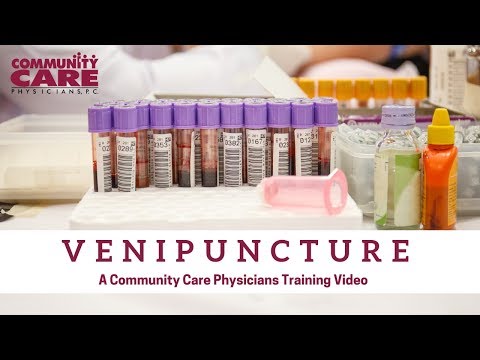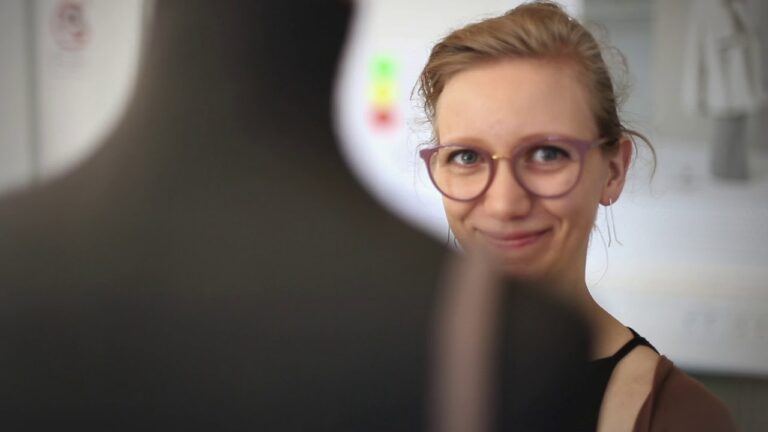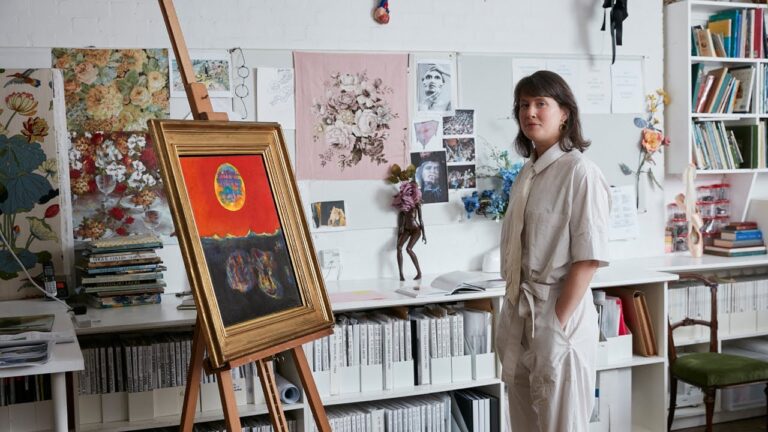Phlebotomist Job: Description & Salary

Phlebotomist Job Description Template
Phlebotomist Job Description A phlebotomist is a healthcare professional who is responsible for drawing blood from patients for medical testing, transfusions, research, or donation. They work in hospitals, clinics, laboratories, and blood banks, and play a crucial role in the healthcare industry. The primary duty of a phlebotomist is to collect blood samples from patients using various techniques, such as venipuncture, fingerstick, or heelstick. They must ensure that the procedure is performed safely and accurately, following strict protocols and hygiene standards. Phlebotomists also label and organize the collected samples for further testing or analysis. In addition to blood collection, phlebotomists are responsible for verifying patient information, explaining the procedure to patients, and addressing any concerns or questions they may have. They must also handle and dispose of sharps and biohazardous materials in a safe and appropriate manner. Phlebotomists are expected to maintain accurate records of all collected samples and ensure that they are properly transported to the laboratory for testing. They may also be required to perform administrative tasks, such as scheduling appointments, maintaining inventory, and updating patient records. Attention to detail and excellent interpersonal skills are essential for phlebotomists. They must be able to communicate effectively with patients, as well as work collaboratively with other healthcare professionals. Additionally, they must stay updated on the latest techniques and safety protocols in phlebotomy to ensure the highest standard of care. In conclusion, a phlebotomist is a vital member of the healthcare team, responsible for collecting blood samples and ensuring the accuracy and safety of the procedure. Their role is crucial in providing accurate diagnoses and effective treatments for patients. Key Words: phlebotomist, healthcare professionalPhlebotomist Responsibilities
Phlebotomist Requirements
How Much Does A Phlebotomist Make?
Phlebotomist Salary
| Job Title | Annual Salary |
|---|---|
| Entry-level Phlebotomist | $30,000 – $35,000 |
| Experienced Phlebotomist | $35,000 – $40,000 |
| Senior Phlebotomist | $40,000 – $45,000 |
A phlebotomist is a medical professional who collects blood samples for laboratory testing or blood donations. The salary of a phlebotomist can vary depending on factors such as experience, location, and the employing institution. Entry-level phlebotomists can expect to earn an annual salary ranging from $30,000 to $35,000. As they gain more experience, their salary can increase to around $35,000 to $40,000 for experienced phlebotomists. Senior phlebotomists with extensive experience may earn between $40,000 and $45,000 per year.
Phlebotomist Salaries by Country
Top Paying Countries for Phlebotomist
| Country | Average Salary (USD) |
|---|---|
| United States | $35,510 |
| Australia | $45,000 |
| Switzerland | $63,630 |
| Netherlands | $33,000 |
| Canada | $32,000 |
Phlebotomists in different countries earn varying salaries. According to available data, the top paying countries for phlebotomists are the United States, Australia, Switzerland, Netherlands, and Canada. In the United States, the average salary for phlebotomists is $35,510. Australia offers higher compensation with an average salary of $45,000, while Switzerland provides even more lucrative opportunities with an average salary of $63,630. The Netherlands and Canada also offer competitive salaries of $33,000 and $32,000 respectively. These figures may vary based on factors such as experience, qualifications, and the cost of living in each country.
A video on the topic Phlebotomist
Video Source : Community Care on DemandInterview Questions for Phlebotomist
1. Tell me about your experience as a phlebotomist.
I have been working as a phlebotomist for five years. During this time, I have gained experience in drawing blood samples from patients of all ages and backgrounds. I am familiar with various venipuncture techniques and have worked in both clinic and hospital settings.
2. How do you ensure patient safety during the phlebotomy process?
Patient safety is my top priority during the phlebotomy process. I make sure to properly identify patients before any procedure and ensure that the equipment is sterile and in good condition. I follow all infection control protocols and dispose of used needles and other materials safely.
3. How do you handle difficult or anxious patients?
I understand that some patients may feel anxious or scared during blood draws. I always try to create a calm and reassuring environment by explaining the procedure in simple terms and answering any questions they may have. I also use distraction techniques or deep breathing exercises to help alleviate their anxiety.
4. Have you ever encountered any complications during a blood draw? How did you handle it?
Yes, I have encountered complications such as difficult veins or patients who faint during the procedure. In such cases, I remain calm and assess the situation. If a vein is difficult to locate, I may use a warm compress or ask for assistance from a more experienced phlebotomist. If a patient faints, I ensure their safety, elevate their legs, and provide them with water or juice to help them recover.
5. How do you ensure accuracy in labeling and handling blood samples?
I am meticulous when it comes to labeling and handling blood samples. I always double-check the patient’s information, including their name, date of birth, and medical record number, before labeling the sample. I also ensure that the sample is properly sealed and stored at the correct temperature to maintain its integrity.
6. How do you handle a situation where a patient refuses to have their blood drawn?
If a patient refuses to have their blood drawn, I respect their decision and try to understand their concerns. I calmly explain the importance of the test and the potential benefits it can provide for their health. If they still refuse, I inform their healthcare provider and document the refusal appropriately.
7. How do you prioritize your tasks when you have multiple patients waiting for blood draws?
When faced with multiple patients waiting for blood draws, I prioritize based on urgency and the order in which they arrived. I assess each patient’s condition and prioritize those who require immediate testing or have time-sensitive procedures scheduled. I communicate with the patients and inform them of any potential delays.
8. How do you handle confidential patient information?
I understand the importance of patient confidentiality and strictly adhere to HIPAA regulations. I ensure that patient information is only shared with authorized personnel and handle all records and documentation in a secure manner. I maintain confidentiality both in verbal communication and in electronic or paper-based records.
9. How do you stay updated with the latest phlebotomy techniques and best practices?
I believe in continuous learning and staying updated with the latest phlebotomy techniques and best practices. I regularly attend workshops, seminars, and conferences related to phlebotomy. I also read industry publications and engage in online forums to stay updated with advancements in the field.
10. How do you handle stressful situations in the phlebotomy profession?
Stressful situations are not uncommon in the phlebotomy profession. To handle them, I practice self-care techniques such as exercise, meditation, and maintaining a healthy work-life balance. I also make sure to communicate effectively with my colleagues and seek support when needed. Taking breaks and engaging in activities that help me relax also contribute to my ability to handle stress effectively.






